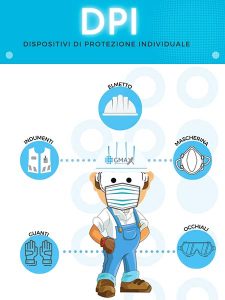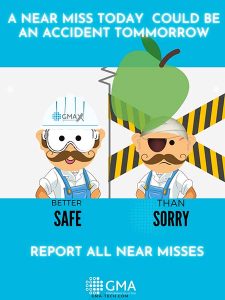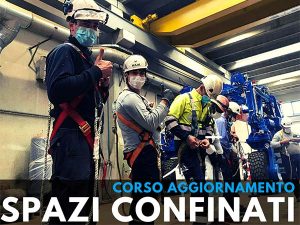SAFETY
THE VALUE OF SAFETY
FOR PEOPLE AND SYSTEMS
–
THE VALUE OF SAFETY
FOR PEOPLE AND SYSTEMS
–
OUR COMMITMENT
Culture, standards, awareness
Safety is a core value that embodies our business strategy, serving as the foundation for protecting our workers.
Through continuous improvement, we are committed to ensuring safe working conditions and physical and mental integrity, ensuring our workers always feel respected and appreciated.
We strive for safe behaviour, which is continuously supported and improved through ongoing training, education and monitoring during on-site activities. The safety of our workers is based on the conduction of risk assessments and the continuous improvement of an integrated health, safety and environmental system certified to ISO 45001 and 14001 standards.
We foster a safety of culture among all our people, promoting a constructive and open dialogue with all our stakeholders, with unwavering respect for the community. We establish standards and objectives to measure and analyse our performance, prioritising health and safety planning in all our activities.
OUR SAFETY PERFORMANCE
–
FREQUENCY INDEX
SEVERITY INDEX
NEAR MISSES
2023
0
0
3
2022
15,17
0,39
8
2021
0
0
12
OUR GOALS
We promote actions and projects in support of the SDGs.
–
We promote actions and projects in support of the SDGs.
–
We promote actions and projects in support of the SDGs.

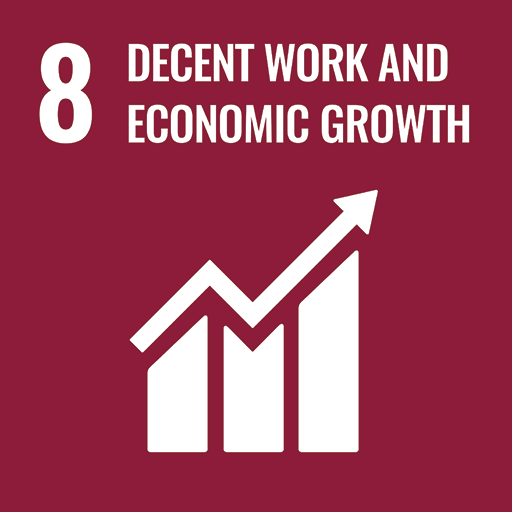
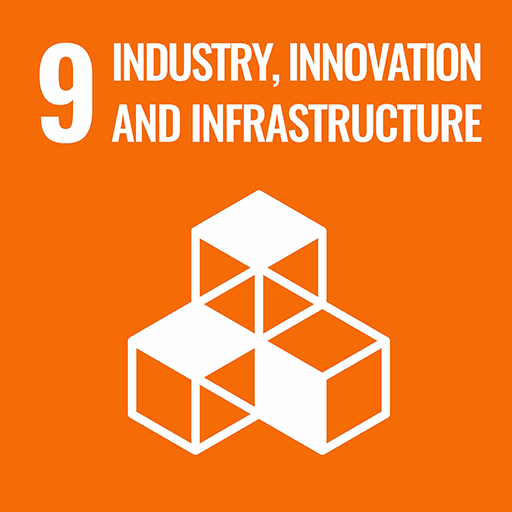



OUR NUMBERS
–
%
of workers trained on site-specific risks
accidents in 2023
%
ratio of supervisors to direct resources
OUR PROJECTS
–

